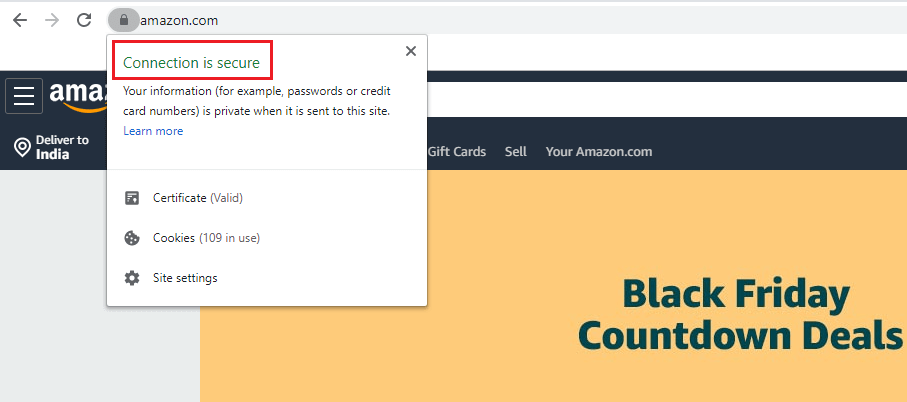In June 2019, Amazon was informed that Ring, Amazon’s video doorbell security system had a fatal flaw in it. Reportedly, when the new owners of this system enter the configuration mode on the Ring’s smartphone app, the device creates an access point without a password. It could allow the attackers to access the Wi-Fi of the Ring owners, reconfigure the device, and launch the attack on the home security network.
Unfortunately, such problems occur regularly, jeopardizing the private data of the smart device owners.
What many people don’t know, however, is that apart from these security flaws, they are also often to blame for the security breaches. With their actions, they practically invite hackers to steal their private data.
So, what can you do to secure your privacy when using smart devices?
Let’s take a look.
1. Check How Secure Your Wi-Fi Is
Provide Strong Encryption
Change SSID Settings
Hard to Guess Network Credentials
2. Watch Out for Insecure Websites
Are you safe using your smart devices now? Sadly, not.
Your privacy can be breached the minute you decide to buy a pretty dress or a new pair of shoes from an insecure website.
You’ve probably seen the notifications from Google Chrome that say you’re visiting a Not Secure website. These websites use the HTTP protocol, which is incapable of providing a secure connection.
Secure websites, however, use the HTTPS protocol, which protects your information while logging in, browsing, and shopping online. To use the HTTPS protocol, one should buy an SSL certificate, which enables encrypted communication between a user and a web browser.

95%OFF
Comodo Positive SSL
78%OFF
RapidSSL Certificate
95%OFF
Comodo PositiveSSL Multi-Domain
3. Pay Attention to Security Settings
Another mistake that could potentially harm your private data and make you unknowingly give hackers access to your smart devices is not managing privacy settings properly.
There were many instances with Amazon Alexa, where people found out that Amazon could listen to and even collect the recordings of their conversations with the smart assistant, supposedly for ‘the purpose of improvement.’
Not many of Alexa users knew at that time (and some still have no idea) that they could restrict Amazon’s access to their Alexas.
By going to Manage Your Alexa Privacy Settings, you can:
- Review voice history
- Manage smart alert history (to prevent Alexa from turning on when you don’t want it to)
- Manage smart home device history since Alexa integrates with many smart home devices
- Manage skill permissions
- Manage your Alexa data
Final Thoughts
However, they don’t ensure security for your private data. And while it’s the task of a manufacturer to fix the bugs (like in the case of Amazon Ring), you can follow these above-mentioned steps to increase security.
Related Articles:
About the Author :
About Ryan
 Ryan is a passionate writer who likes sharing his thoughts and experience with the readers. Currently, he works as a digital marketing specialist at Flatfy. He likes everything related to traveling and new countries.
Ryan is a passionate writer who likes sharing his thoughts and experience with the readers. Currently, he works as a digital marketing specialist at Flatfy. He likes everything related to traveling and new countries.
See Author’s Website